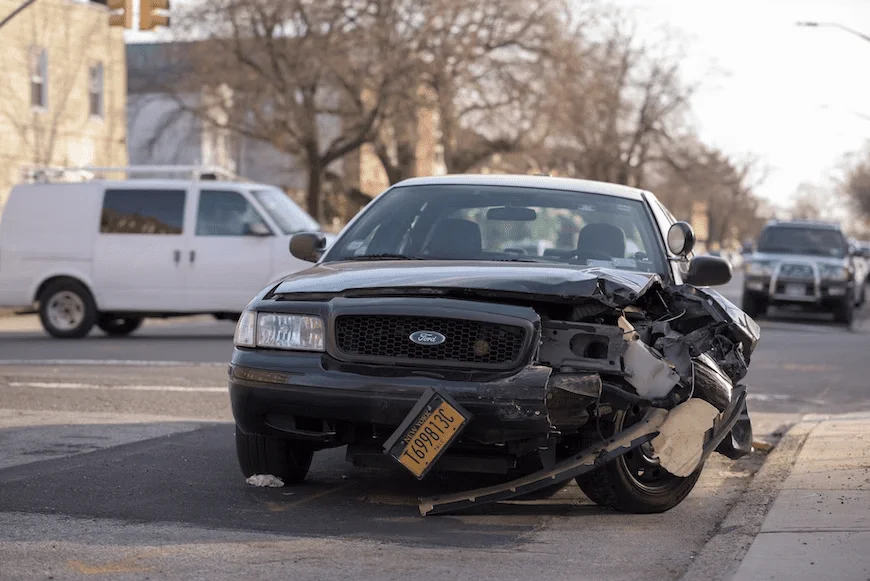Copyright researchsnipers

Many accident victims already have prior injuries or chronic pain before new crashes occur. Previous back problems, old knee injuries, or arthritis don’t disappear just because you got hit by another driver. These pre-existing conditions complicate claims but don’t eliminate your right to compensation for new harm. Insurance companies often use this against claimants by blaming old injuries for current symptoms. Adjusters seize on medical histories to deny claims or offer lowball settlements. They argue you were already hurt, so the accident didn’t cause real damages worthy of compensation. Clear guidance proves aggravation of old injuries remains fully compensable under the law. You deserve payment for making existing conditions worse, even if you weren’t perfectly healthy before the crash. Here’s how to handle pre-existing conditions after a car accident. Why Insurers Target Pre-Existing Conditions Common denial tactics center on the argument that you were already hurt before their insured hit you. Adjusters comb through medical records looking for any prior treatment mentioning similar body parts. They’ll claim your current pain stems from old problems rather than the recent accident. Clear medical timelines distinguish between baseline symptoms and post-accident aggravation of conditions. Doctors must document your pre-accident status and how the collision changed your condition. Detailed records showing worsening symptoms after the crash defeat bad-faith arguments about pre-existing issues. Causation evidence defeats bad-faith arguments by proving the accident made things measurably worse. New diagnostic findings, increased pain levels, and additional treatment needs all demonstrate aggravation. Your attorney uses this evidence to show clear connections between collision and worsened condition. Strengthening Your Medical Records Consistent treatment documentation creates an undeniable paper trail showing progression from pre-accident baseline to post-accident worsening. Don’t skip appointments or delay seeking care because that creates gaps insurers exploit. Regular visits prove ongoing problems directly related to the crash. Ask doctors to distinguish explicitly between old damage and new harm in their medical notes. Request that providers document specifically how the accident aggravated pre-existing conditions. Clear medical language about “exacerbation” or “acute injury superimposed on chronic condition” helps immensely. Diagnostic imaging provides proof through objective evidence that can’t be disputed as subjective complaints. New MRIs showing fresh injuries or worsened conditions compared to old imaging establish clear timelines. X-rays, CT scans, and other tests create visual proof of accident-related damage. Expert Testimony and Legal Strategy Medical experts explain aggravation versus baseline conditions to insurance adjusters and potentially juries. Specialists review your complete medical history and current condition to provide opinions. Their testimony carries weight that your own descriptions of pain cannot match. Lawyers frame pre-existing conditions strategically in settlement talks by emphasizing the “eggshell plaintiff” rule. You take victims as you find them under legal doctrine. If someone with a weak back gets rear-ended, the at-fault driver pays for all resulting harm. Successful cases demonstrate how proper documentation and expert testimony overcome pre-existing condition defenses. Attorneys use before-and-after comparisons showing clear differences in your abilities and pain levels. These cases prove that prior conditions don’t eliminate liability for making them worse. Common Mistakes That Undermine Your Claim Treatment gaps or downplaying pain give insurers ammunition to claim you’re not really hurt. Missing weeks of therapy or telling doctors you’re “fine” creates records that contradict your damage claims. Consistency between statements and actions matters enormously. Social media posts contradicting symptoms destroy credibility faster than almost anything else. Pictures of physical activities, vacation photos, or complaints about being bored at home suggest you’re not suffering. Insurers monitor social media specifically looking for ammunition against claims. Signing releases too early before understanding full injury extent locks you into inadequate compensation. Insurance companies rush settlements hoping you’ll accept money before realizing how bad things really are. Never sign anything without attorney review first. Proper documentation and defensive legal strategy protect claims involving pre-existing conditions from unfair denials. You need meticulous medical records, expert support, and experienced legal representation. The burden of proof is higher, but compensation remains available. Fair compensation remains possible when you prove the accident made existing conditions measurably worse. Courts recognize that vulnerable people deserve full recovery for harm caused to them. Prior health issues don’t give negligent drivers a discount. Pre-existing conditions after a car accident don’t erase new harm or reduce the at-fault party’s liability. You deserve compensation for all aggravation and new injuries the collision caused. Protect your rights by following these steps from the very beginning.



